Orchestrated selection of films, objects, images and text, like fragments and debris, when brought together, construct both implicit and constructed memory, as a filter for determining the context and influencing our way of judgments and thinking, through the created image. The various situations of absence offer a sort of depository for possibilities. Flexible narratives turn the exhibition into an imperfect text extended in time, an insight into order of things without an appropriate name, and in form of a conceptual gesture provide a dialogue within a coherent space. Selected artist from the same geopolitical background, which are finding ways of presenting and dealing with how dominant ideologies shape our reality and infiltrate into our lives were invited to contribute to the story in order to create a scenery for a dramarticule by using the exhibition as a medium. Fictional narrative that is threaded in between pieces creates a certain distance, while also appropriating them to provide information, where historical representation is interlaced with facts, associations and poetics. Reading through the pieces is an attempt to remember in a different way, and nothing more.
April 27-July 31, 2015
Opening Reception
Tuesday, April 28th, 2015
5:30-7:30pm
Ana Adamović
Led Art Doplgenger (Isidora Ilić & Boško Prostran)
Ibro Hasanović
Aleksandra Letić
Nikola Džafo
mangelos
Mia Ćuk
Slobodan Stosić
at
Anya and Andrew Shiva Gallery
860 11th Avenue
New York, NY 10019
the gallery is free and open for public M-F, 1-5pm
or by appointment for further information please contact
gallery@jjay.cuny.edu
212.237.1439
Thank you for coming:

















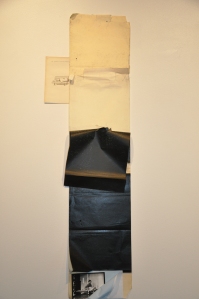







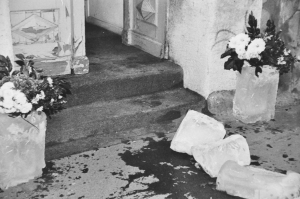





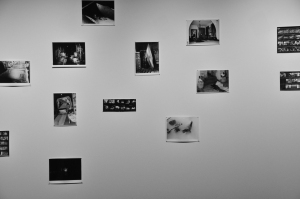

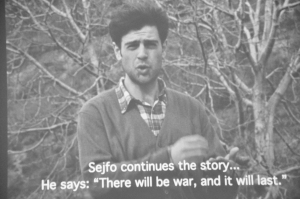




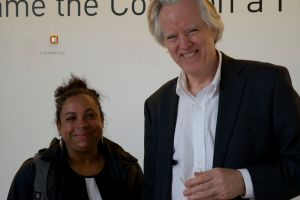






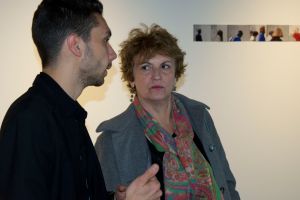
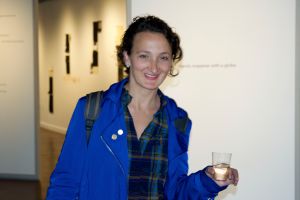







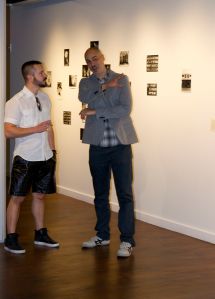












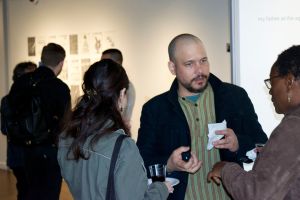




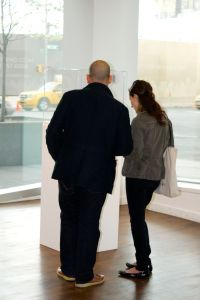





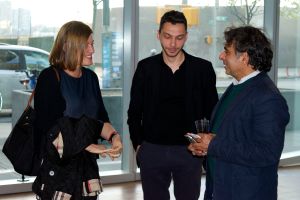
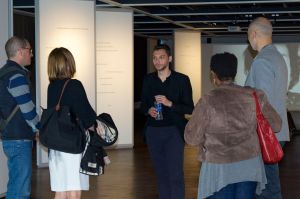

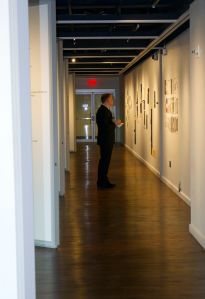




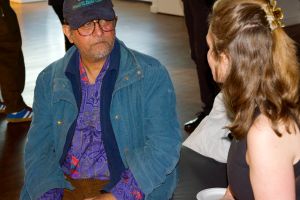


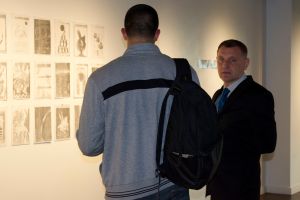




Myself and my classmate Thalia visited the “One Who Became the Color on a Flag” art exhibit. It was a nice exhibit but I don’t think the exhibit itself was a reflection of art. Majority of the exhibit was comprised of old photos that dated back to the 1940’s. Art is subjective so I feel like the exhibit was more historical and autobiographical. The photos displayed history and personal experiences. The photographer did a great job of displaying the significance of history through his photo because each photo told a story. I enjoyed the exhibit because through the photos I was able to get a glimpse of how the world use to be.
LikeLiked by 1 person
The exhibition “One Who Became the Color on a Flag” was curated by Slobodan Stosic and Omar Lopez-Chahound. Along with Stosic, there are eight other artists that were included to create a narrative of social fiction through films, objects, images and text. The similarity that can be found in all these works is that all the artists come from a similar political background. Stosic made an interesting exhibit however the films caught my attention more. Along with a book that had a grenade go through it. The colors used in this exhibition are not bright rather plain to get a sense of politics being influential in this social fiction. All the pieces gave me impression of a different narrative making it subjective to the audience however some pieces focused on the Yugoslav wars.
The objects that were in the exhibit were very interesting of photo slides (negatives) that everyone used to use 25 years ago. On the negatives there are images of a military tank(1991) that leads to an image of a child in the stroller. The story behind the tank leads to an interesting statement that Led Art achieve focused on before you enter the whole exhibit which has to do with a persons interpretation on how events of history are all narrative. The book was the second object that caught my eye because it was a love poetry that had a grenade go through it. The piece was called the “wounded book” by Aleksandra Lectic with a narrative of what happened in the year 1995 where there is a description of the history of violence. In the description “…the power of words was measured by their ability to burn.” I thought this quote was interesting because knowledge is power however it can be changed based on someone else’s narrative. This is where the writings throughout the exhibit emphasize on the dialogue that is presented in art where there is a relationship of chronology and narrative come together.
Ibro Hasanovic’s was my favorite film because it was storytelling of what happened to a land that had a prophecy foretold. The prophecy is from Eastern Bosnia starting around World War II. It is again focusing on how narration is told through an actual person from generations before. The story telling is extremely interesting but it proves there were some parts of the story that did not make sense however at the end, you see the audience that is being addressed. At the same time focusing on oral tradition which is what most history is made of narration from books from one’s perspective. The children being the audience is clever because narration leads to their imagination of what the story is about through their eyes. Going around in the circle and seeing stoic faces of children through the narration of events that occurred and are going to occur, it is like they are accepting a sort of fate.
The artwork throughout the exhibit was interesting, I did not understand the theme of the bunny throughout the artwork but never the less the exhibit got its point across of drama being a sort of narrative and that it occurs in history the same way. It is subjective. This is a social fiction exhibit and I feel the artwork spoke for itself on this aspect while using historical images, objects and video. At the same time it focuses on the same political stance in the regions of Serbia and Bosnia.
LikeLiked by 1 person